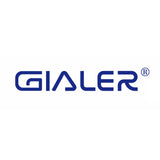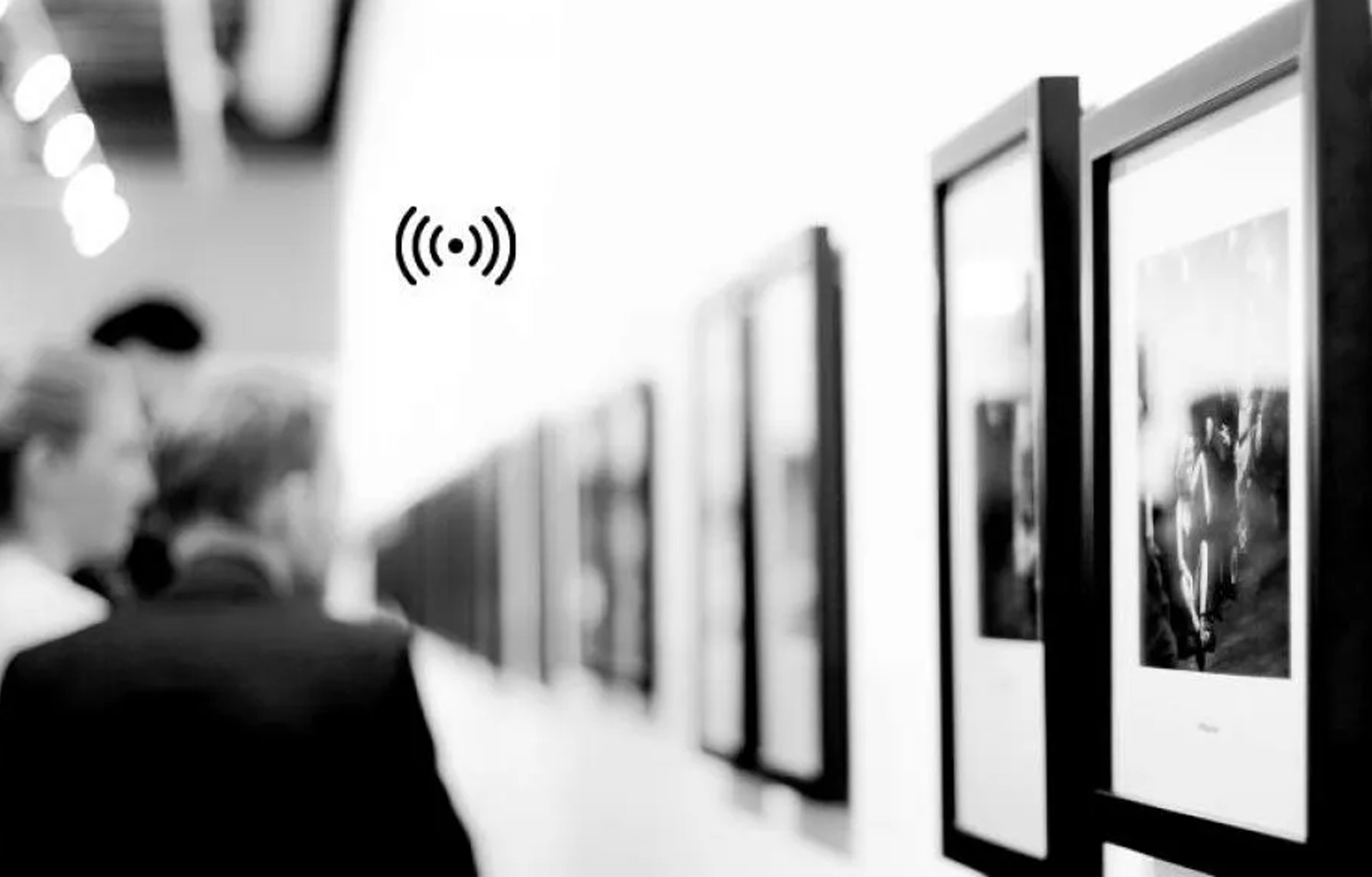In the realm of cultural preservation and historical exploration, museums stand as sanctuaries of knowledge, housing treasures from epochs past. Yet, as society evolves, so too must these bastions of heritage. In this digital age, museums are embracing cutting-edge technologies to enhance visitor engagement and streamline operations. Among these innovations, Radio-Frequency Identification (RFID) emerges as a transformative force, reshaping the museum experience from the ground up.
What is RFID?
RFID is a wireless technology that employs electromagnetic fields to automatically identify and track tags attached to objects. These tags contain electronically stored information, allowing for seamless identification and data retrieval. Initially developed for inventory management and supply chain logistics, RFID has found diverse applications across industries, including healthcare, retail, and transportation. In the museum sector, RFID holds immense promise in revolutionizing how visitors interact with exhibits and how institutions manage their collections.
Enhancing Visitor Engagement
One of the foremost benefits of RFID technology in museums is its ability to enhance visitor engagement. Traditionally, museum-goers rely on static placards or guided tours to glean information about artifacts. However, RFID empowers visitors to embark on personalized journeys of discovery.
Upon entry, patrons are provided with RFID-enabled badges or handheld devices, which serve as digital companions throughout their museum exploration. As they approach an exhibit, the RFID system detects their proximity and delivers contextual information directly to their device. This dynamic interaction allows visitors to delve deeper into the significance of each artifact at their own pace, fostering a more immersive and enriching experience.
Moreover, RFID technology enables museums to offer interactive exhibits tailored to diverse interests and learning styles. Through gamification elements, augmented reality overlays, and multimedia presentations, visitors can actively engage with historical narratives in innovative ways, transcending the limitations of traditional museum displays.
Streamlining Operations and Collections Management
Beyond enhancing visitor experiences, RFID technology streamlines the operational aspects of museum management. Inventory management, a labor-intensive task fraught with challenges, is revolutionized through RFID-enabled asset tracking. By affixing RFID tags to each artifact, museums can effortlessly monitor their location, movement, and condition in real-time. This not only facilitates accurate inventory counts but also mitigates the risk of theft and unauthorized handling.
Furthermore, RFID systems facilitate efficient loan management and exhibit curation. Museums frequently collaborate with other institutions to borrow or lend artifacts for special exhibitions. With RFID, the process of tracking loaned items becomes seamless, ensuring timely returns and minimizing logistical hurdles.
In addition, RFID technology aids in conservation efforts by enabling precise environmental monitoring. Temperature and humidity sensors equipped with RFID tags allow museums to maintain optimal preservation conditions for delicate artifacts, safeguarding them for future generations.
Addressing Privacy and Accessibility Concerns
While the benefits of RFID technology in museums are undeniable, it is crucial to address potential concerns regarding privacy and accessibility. Given that RFID systems collect data about visitor behavior and interactions, museums must implement robust privacy measures to protect sensitive information. Transparent data policies, anonymization techniques, and consent mechanisms are essential to uphold visitor trust and compliance with data protection regulations.
Moreover, museums must ensure that RFID-enhanced experiences remain inclusive and accessible to all patrons, including those with disabilities. Designing user interfaces with accessibility features, providing alternative formats for content delivery, and offering assistance to individuals with specific needs are vital steps toward creating an inclusive museum environment.
Embracing the Future
As museums continue to evolve in the digital age, RFID technology emerges as a cornerstone of innovation, revolutionizing both visitor experiences and collections management practices. By harnessing the power of RFID, museums can transcend the confines of traditional exhibition formats, offering dynamic, interactive, and immersive encounters with history and culture. As we stand on the cusp of a new era in museum technology, the integration of RFID heralds a future where the past comes alive with unprecedented vitality and accessibility.









